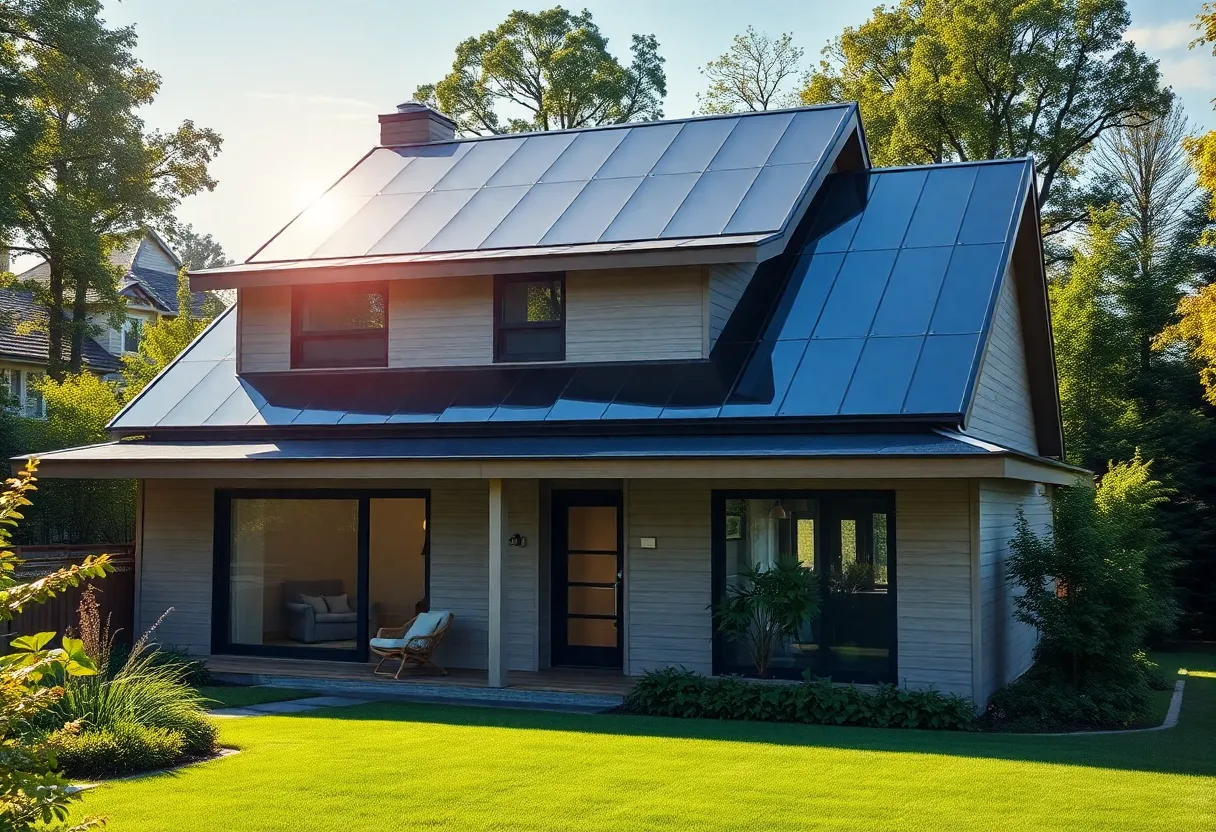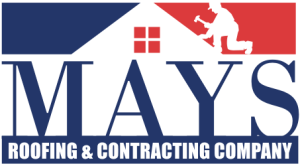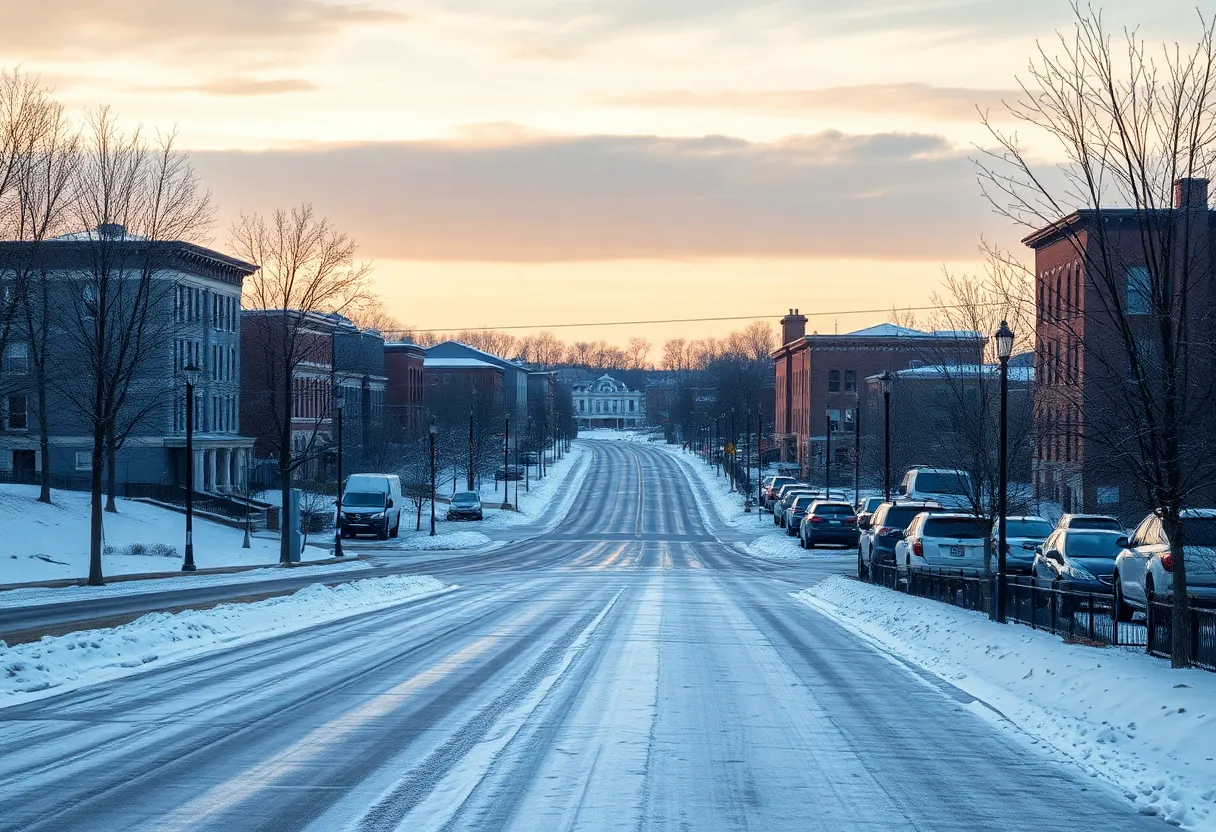How Can You Choose the Right Roof Color to Reflect Heat and Save Energy?
The Importance of Roof Color
Choosing the right roof color is crucial in energy efficiency. Roofs significantly affect a building’s thermal performance. They absorb sunlight and can retain heat, leading to increased energy costs. A thoughtful color choice can reflect sunlight, reduce heat absorption, and help lower energy bills.
Understanding Solar Reflectance
Solar reflectance, or albedo, measures how well a surface reflects solar energy. Lighter colors typically have higher solar reflectance than darker shades. This means light-colored roofs can help keep buildings cooler. For instance, a white roof may reflect approximately 80% of sunlight, compared to a black roof, which might absorb around 90%.
Energy Savings
By selecting a roof color that reflects heat, homeowners can significantly decrease cooling costs. Energy efficiency studies indicate that light-colored roofs can reduce indoor temperatures by up to 20 degrees Fahrenheit. This can lead to meaningful energy savings over time, especially in warmer climates where air conditioning is essential.
Climate Considerations
The home’s environment plays a vital role in selecting the ideal roof color. The geographical location should guide the decision; areas with excessively hot weather benefit from lighter colors to minimize heat retention. Conversely, regions with colder climates might find darker roofs advantageous as they absorb heat during winter months.
Heat Islands
Urban areas often experience heat island effects, where concrete and asphalt absorb and retain heat. In such locations, light-colored roofs can counteract this phenomenon, both for individual buildings and the neighborhood. The increased use of reflective materials contributes to cooler urban microclimates and lowers overall energy demand.
Choosing the Right Material
Roofing materials also influence how color affects heat retention. Different materials have varying levels of thermal performance. For instance, metal roofs can offer better reflectivity compared to traditional asphalt shingles. In selecting materials, it is essential to consider their integral color and inherent reflective qualities.
Cool Roofs
The term “cool roof” refers to roofing systems designed to reflect more sunlight and absorb less heat than standard roofs. These roofs usually feature reflective coatings or specific materials that enhance their energy efficiency. A cool roof can contribute to lower energy bills and improved comfort indoors.
Durability and Maintenance
Choosing a roof color should also consider long-term performance and maintenance. Lighter colors may show dirt more readily than darker shades. However, the energy savings gained from reflectivity may outweigh the increased maintenance demands. Stainless steel or coated metals can provide both durability and reflectivity in a variety of colors.
Impact on Property Value
A well-chosen roof color can impact property value. Prospective buyers often appreciate an energy-efficient home. An aesthetically pleasing roof that also reflects heat can enhance curb appeal and demonstrate the value of energy savings, making the property more attractive on the market.
Experimenting with Colors
Homeowners can explore various shades through mock-ups or samples. Observing how different colors look throughout the day helps to understand the potential heat absorption or reflection. Visualizing the roof with materials and surrounding landscape can aid in making a more informed choice.
Community Codes and Regulations
It’s also imperative to consult local building codes and homeowners associations (HOAs) before selecting a roof color. Some areas may have restrictions or preferred styles that can impact the decision-making process. Understanding these regulations can prevent future complications or penalties.
Conclusion
In summary, selecting the right roof color has direct implications on energy consumption, comfort, and property value. By considering solar reflectance, climate, material choices, and local regulations, homeowners can make informed decisions. The right roof color is an investment not only in aesthetics but also in energy efficiency and sustainability.
Author: STAFF HERE ROCK HILL
The ROCK HILL STAFF WRITER represents the experienced team at HERERockHill.com, your go-to source for actionable local news and information in Rock Hill, York County, and beyond. Specializing in "news you can use," we cover essential topics like product reviews for personal and business needs, local business directories, politics, real estate trends, neighborhood insights, and state news affecting the area—with deep expertise drawn from years of dedicated reporting and strong community input, including local press releases and business updates. We deliver top reporting on high-value events such as the Come-See-Me Festival, Rock Hill Arts Festival, and motorsport events at the Rock Hill Velodrome. Our coverage extends to key organizations like the Rock Hill Chamber of Commerce and the Culture & Heritage Museums, plus leading businesses in manufacturing and technology that power the local economy such as 3D Systems and Comporium. As part of the broader HERE network, including HEREAiken.com, HEREBeaufort.com, HEREChapin.com, HERECharleston.com, HEREClinton.com, HEREColumbia.com, HEREGeorgetown.com, HEREGreenwood.com, HEREGreenville.com, HEREHiltonHead.com, HEREIrmo.com, HEREMyrtleBeach.com, HERENewberry.com, HERERockHill.com, and HERESpartanburg.com, we provide comprehensive, credible insights into South Carolina's dynamic landscape.



 Mays Contracting
Mays Contracting

